Physiochemical Processes to Reduce Friction and Wear Under Selective Transfer Conditions—A Review
Abstract
1. Introduction
- -
- -
- depolarization due to the sliding friction of the contact surfaces, having the effect of acceleration of corrosion processes and the destruction of oxide layers, ultimately reducing self-passivation;
- -
- electron emission, especially during oscillating movement, without oxides, of the friction pair elements;
- -
- formation of organometallic compounds, surfactant substances, and colloids, which allow the transport of metallic particles to the contact area until a balance with the friction surface areas is established, which inevitably leads to a reduction in friction and wear.
2. Materials and Methods
2.1. Mechanism of the Formation of the Selective Layer (Servowitte)
2.2. Physical Basis of the Selective Transfer Mechanism
- (a)
- Contact realization of the friction surfaces through a thin layer of deformable plastic copper
- (b)
- Avoiding the oxidation process of the material on the friction surfaces
- (c)
- Achieving the Rehbinder effect
- (d)
- Transfer of particles from one surface to another and their maintenance in the area of contact with the electric field
- (e)
- Formation of the polymerization products of the lubricating material on the servowitte film surface
3. Results and Discussion
3.1. Reduction of the Real Contact Area Pressure and the Physiochemical Implications
3.2. Reduction of Shear Resistance and Deformation of Superficial Layers
3.3. Electrical Phenomena Under Conditions of Selective Transfer
3.4. Protection Against Metal Oxidation to Frictional Stress
3.5. Formation of a Polymer Protective Layer
4. Conclusions
- -
- reduction of the real pressure in the contact area;
- -
- double electric layer formation on the real surface;
- -
- concentration of superficial dislocations and reduction of tangential stresses;
- -
- depolarization and destruction of oxide layers leading to the acceleration of corrosion processes;
- -
- electron emission in areas without oxides, causing variation in sliding speed direction;
- -
- formation of metalloorganic compounds, colloids, and other active substances, which transport metal particles to the contact area.
Author Contributions
Funding
Data Availability Statement
Conflicts of Interest
References
- Garkunov, D.N. Erhöhung der Verschleissfestigkeit auf der Selektiven Übertragung; VEB Technik: Berlin, Germany, 1981. [Google Scholar]
- Ilie, F. Tribological Study of the Thin Superficial Layers Formed in the Friction Couples by Selective Transfer; Technical Publishing House: Bucharest, Romania, 2002. [Google Scholar]
- Garkunov, D.N. Triboengineering. Design, Production and Operation of Machines; Izd. MSKhA: Moskau, Russia, 2002. (In Russian) [Google Scholar]
- Rybakova, L.M.; Kuksenova, L.I. Structure and Wear Resistance of Metal; Mashinostroenie: Miskau, Russia, 1982; 212p. (In Russian) [Google Scholar]
- Polyakov, A.A.; Ruzanov, F.I. Friction Based on Self-Organization; Nauka: Moskau, Russia, 1992; 132p. (In Russian) [Google Scholar]
- Kuzharov, A.S. The concept of wearlessness in modern tribology. Izv. Vuzov. Sev.-Kavk. Region. Tekhn. Nauk. (News High. Educ. Inst. North Cauc. Region. Ser. Eng. Sci.) 2014, 2, 23–31. (In Russian) [Google Scholar]
- Kuksenova, L.I.; Savenko, V.I. Effect of Surface-Active Media on Contact Elastoplastic Deformation of Surface Layers of Metals and Their Tribological Characteristics. Russ. J. Phys. Chem. A 2024, 98, 1411–1424. [Google Scholar] [CrossRef]
- Kuksenova, L.I.; Savenko, V.I. Structural Changes and Diffusion in the Zone of Contact Deformation of Copper Alloys Under Friction. Met. Sci. Heat Treat. 2024, 65, 790–800. [Google Scholar] [CrossRef]
- Kargul, M.; Konieczny, M. Copper matrix composites reinforced with steel particles. AIMS Mater. Sci. 2021, 8, 321–342. [Google Scholar] [CrossRef]
- Bouchoucha, A.; Kadiri, E.; Robert, F.; Zaidi, H.; Paulmier, D. Metals transfer and oxidation of copper—Steel surfaces in electrical sliding contact. Surf. Coatings Technol. 1995, 76–77, 521–527. [Google Scholar] [CrossRef]
- Mousavi, A.; Sperk, T.; Gietzelt, T.; Kunze, T.; Lasagni, A.F.; Brosius, A. Effect of Contact Area on Friction Force in Sheet Metal Forming Operations. Key Eng. Mater. 2018, 767, 77–84. [Google Scholar] [CrossRef]
- Aniołek, K.; Barylski, A.; Kowalewski, P.; Kaptacz, S. Investigation of Dry Sliding Friction, Wear and Mechanical Behavior of the Ti-6Al-7Nb Alloy after Thermal Oxidation. Materials 2022, 15, 3168. [Google Scholar] [CrossRef]
- Popov, V.L.; Li, Q.; Lyashenko, I.A.; Pohrt, R. Adhesion and friction in hard and soft contacts: Theory and experiment. Friction 2021, 9, 1688–1706. [Google Scholar] [CrossRef]
- Parkatzidis, K.; Wang, H.S.; Truong, N.P.; Anastasaki, A. Recent Developments and Future Challenges in Controlled Radical Polymerization: A 2020 Update. Chem 2020, 6, 1575–1588. [Google Scholar] [CrossRef]
- Sirés, I.; Brillas, E.; Oturan, M.A.; Rodrigo, M.A. Electrochemical advanced oxidation processes: Today and tomorrow. A review. Environ. Sci. Pollut. Res. 2014, 21, 8336–8367. [Google Scholar] [CrossRef]
- Ilie, F. Tribological behaviour of the steel/bronze friction pair (journal bearing type) functioning with selective mass transfer. Int. J. Heat Mass Transf. 2018, 124, 655–662. [Google Scholar] [CrossRef]
- Chen, X.; Han, Z.; Li, X.; Lu, K. Lowering coefficient of friction in Cu alloys with stable gradient nanostructures. Sci. Adv. 2016, 2, e1601942. [Google Scholar] [CrossRef] [PubMed]
- Cao, H.; Zhou, X.; Li, X.; Lu, K. Friction mechanism in the running-in stage of copper: From plastic deformation to delamination and oxidation. Tribol. Int. 2017, 115, 3–7. [Google Scholar] [CrossRef]
- Nunez, E.E.; Polycarpou, A.A. The effect of surface roughness on the transfer of polymer films under unlubricated testing conditions. Wear 2015, 326–327, 74–83. [Google Scholar] [CrossRef]
- Ilie, F. Diffusion and mass transfer mechanisms during frictional selective transfer. Int. J. Heat Mass Transf. 2018, 116, 1260–1265. [Google Scholar] [CrossRef]
- Kohara, M.; Kawamura, T.; Egami, M. Study on Mechanism of Hydrogen Generation from Lubricants. Tribol. Trans. 2006, 49, 53–60. [Google Scholar] [CrossRef]
- Winkel, L.; Wochele, J.; Ludwig, C.; Alxneit, I.; Sturzenegger, M. Decomposition of copper concentrates at high-temperatures: An efficient method to remove volatile impurities. Miner. Eng. 2008, 21, 731–742. [Google Scholar] [CrossRef]
- Pascher, T.F.; Ončák, M.; van der Linde, C.; Beyer, M.K. Decomposition of Copper Formate Clusters: Insight into Elementary Steps of Calcination and Carbon Dioxide Activation. ChemistryOpen 2019, 8, 1453–1459. [Google Scholar] [CrossRef]
- Li, X.; Liu, Y.; Yu, K.; Qian, M. A two-dimensional thin film structure with spectral selective emission capability suitable for high-temperature environments. Case Stud. Therm. Eng. 2024, 63, 105261. [Google Scholar] [CrossRef]
- Zayed, E.M.; Shazly, M.; El-Sabbagh, A.; El-Mahallawy, N.A. Deformation behavior and properties of severe plastic deformation techniques for bulk materials: A review. Heliyon 2023, 9, e16700. [Google Scholar] [CrossRef]
- Chen, Z.; Khajeh, A.; Martini, A.; Kim, S.H. Chemical and physical origins of friction on surfaces with atomic steps. Sci. Adv. 2019, 5, eaaw0513. [Google Scholar] [CrossRef] [PubMed]
- Nikitina, E.; Karfidov, E.; Kazakovtseva, N. Anodic selective dissolution of copper alloys in chloride and carbonate melts. J. Alloys Compd. 2020, 845, 156238. [Google Scholar] [CrossRef]
- Radionenko, O.; Kindrachuk, M.; Tisov, O.; Kryzhanovskyi, A. Features of transition modes of friction surfaces with partially regular microrelief. Aviation 2018, 22, 86–92. [Google Scholar] [CrossRef]
- Zhao, P.; Klein, J. Lubricating Polymer Gels/Coatings: Syntheses and Measurement Strategies. Gels 2024, 10, 407. [Google Scholar] [CrossRef]
- Snyder, D.T.; Pulliam, C.J.; Ouyang, Z.; Cooks, R.G. Miniature and Fieldable Mass Spectrometers: Recent Advances. Anal. Chem. 2016, 88, 2–29. [Google Scholar] [CrossRef] [PubMed]
- Tudor, A. Real Contact of Friction Surfaces; Romanian Academy Publishing House: Bucharest, Romania, 1990. (In Romanian) [Google Scholar]
- Kraghelski, I.V. Reibung und Versleiss; VEB Tehnik: Berlin, Germany, 1971. [Google Scholar]
- Tudor, A.; Pavelescu, D.; Ilie, F.; Ranea, C.; Lazar, C.; Tanjala, L. Tribology—Calculation Guide; Bucharest Polytechnic Institute: Bucharest, Romania, 1985. (In Romanian) [Google Scholar]
- Kuzharov, A.S.; Marchak, R. Peculiarities of the evolutionary transition of the brass-glycerin-steel tribologi-cal system to the wear-free friction mode. Dokl. RAN [Rep. Russ. Acad. Sci.] 1997, 354, 642–644. (In Russian) [Google Scholar]
- Ilie, F. Study of Superficial Layers Obtained by Selective Transfer in the Friction Couples. Eur. J. Eng. Technol. Res. 2017, 2, 54–58. [Google Scholar] [CrossRef][Green Version]
- EN 13835: 2002; EN European Steel and Cast Iron Standards. BSI: London, UK, 2002.
- Ilie, F. Tribological aspects of reducing friction and wear under conditions of selective transfer. Constr. Mach. 1990, 42, 294–297. (In Romanian) [Google Scholar]
- Poliakov, A.A. Dislocation-vacancy mechanism of selective transfer. Wear-Free. Eff. Tribotechology 1992, 3–4, 5–10. (In Russian) [Google Scholar]
- Ilie, F.; Ipate, G. A Modelling Study of the Correlation between the Layer Obtained by Selective Transfer and the Dislocations Movement at the Friction Surfaces Limit. Metals 2022, 12, 180. [Google Scholar] [CrossRef]
- Garkunov, D.N.; Simakov, Y.S. Selektive Übertragung bei der Reibung, unter Redaktion von Garkunov D.N., Simakov Yu.S.; Nauka: Moskau, Russia, 1975. [Google Scholar]
- Tison, R.P.; Synder, D.D. A novel, two-phase medium for electrochemically induced conversion coatings. J. Appl. Electrochem. 1990, 20, 457–462. [Google Scholar] [CrossRef]
- Tung, S.C.; Wang, S.S. Friction Reduction From Electrochemically Deposited Films. Tribol. Trans. 2008, 34, 23–34. [Google Scholar] [CrossRef]
- Wang, J.; Zeng, H. Recent advances in electrochemical techniques for characterizing surface properties of minerals. Adv. Colloid Interface Sci. 2021, 288, 102346. [Google Scholar] [CrossRef]
- Jiang, Z.; Fang, J.; Chen, F.; Wang, X.; Chen, B.; Gu, K.; Wu, J.; Wang, J. Research Progress on Tribo-Electrophysical and Tribo-Electrochemical Mechanisms. Tribology 2017, 37, 695–706. [Google Scholar] [CrossRef]
- Padgurskas, J.; Snitka, V.; Jankauskas, V.; Andriušis, A. Selective transfer phenomenon in lubricated sliding surfaces with copper and its alloy coatings made by electro-pulse spraying. Wear 2006, 260, 652–661. [Google Scholar] [CrossRef]
- Rezaeian, I.; Zahedi, P.; Rezaeian, A. Rubber Adhesion to Different Substrates and Its Importance in Industrial Applications: A Review. J. Adhes. Sci. Technol. 2012, 26, 721–744. [Google Scholar] [CrossRef]
- Ajayi, O.; Akanni, M.; Lambi, J.; Jeynes, C.; Watts, J. Compositional studies of various metal oxide coatings on glass. Thin Solid Films 1990, 185, 123–136. [Google Scholar] [CrossRef]
- Elnashar, E.A. Bearing Design Science in Technologically of Different Materials for Textiles Industry. Eng. Technol. Open Access J. 2023, 4, 555647. [Google Scholar] [CrossRef]
- Lim, S.C.; Ashby, M.F. Recent Developments in Wear-Mechanism Maps. Tribol. Int. 1998, 31, 87–97. [Google Scholar] [CrossRef]
- Mishra, A. Influence of Oxidation on the Wear of Alloys. Int. J. Mech. Eng. Rob. Res. 2014, 3, 583. [Google Scholar]
- Yin, C.; Li, N.; Wu, Y.; Liang, Y.; Yang, C.; Wu, J. Frictional shear-induced nanolamellar oxidation and transformation to oxide nanoparticles during pearlitic steel sliding. Mater. Des. 2023, 233, 112299. [Google Scholar] [CrossRef]
- Chandross, M.; Curry, J.F.; Babuska, T.F.; Lu, P.; Furnish, T.A.; Kustas, A.B.; Nation, B.L.; Staats, W.L.; Argibay, N. Shear-induced softening of nanocrystalline metal interfaces at cryogenic temperatures. Scr. Mater. 2018, 143, 54–58. [Google Scholar] [CrossRef]
- Stott, F. High-temperature sliding wear of metals. Tribol. Int. 2002, 35, 489–495. [Google Scholar] [CrossRef]
- Ye, J.; Burris, D.L.; Xie, T. A Review of Transfer Films and Their Role in Ultra-Low-Wear Sliding of Polymers. Lubricants 2016, 4, 4. [Google Scholar] [CrossRef]
- Eman, A.; Nabhan, A.; Nouby, M.; Abdel Jaber, G. Influence of adding contaminants particles to lithium grease on the frictional coefficient. J. Egypt. Soc. Tribol. 2017, 14, 1–8. [Google Scholar] [CrossRef]
- Liu, G.; Feng, Y.; Zhao, N.; Chen, Z.; Shi, J.; Zhou, F. Polymer-based lubricating materials for functional hydration lubrication. Chem. Eng. J. 2022, 429, 132324. [Google Scholar] [CrossRef]
- Zhang, F.; Fan, J.; Wang, S. Interfacial Polymerization: From Chemistry to Functional Materials. Angew. Chem. Int. Ed. Engl. 2020, 59, 21840–21856. [Google Scholar] [CrossRef]







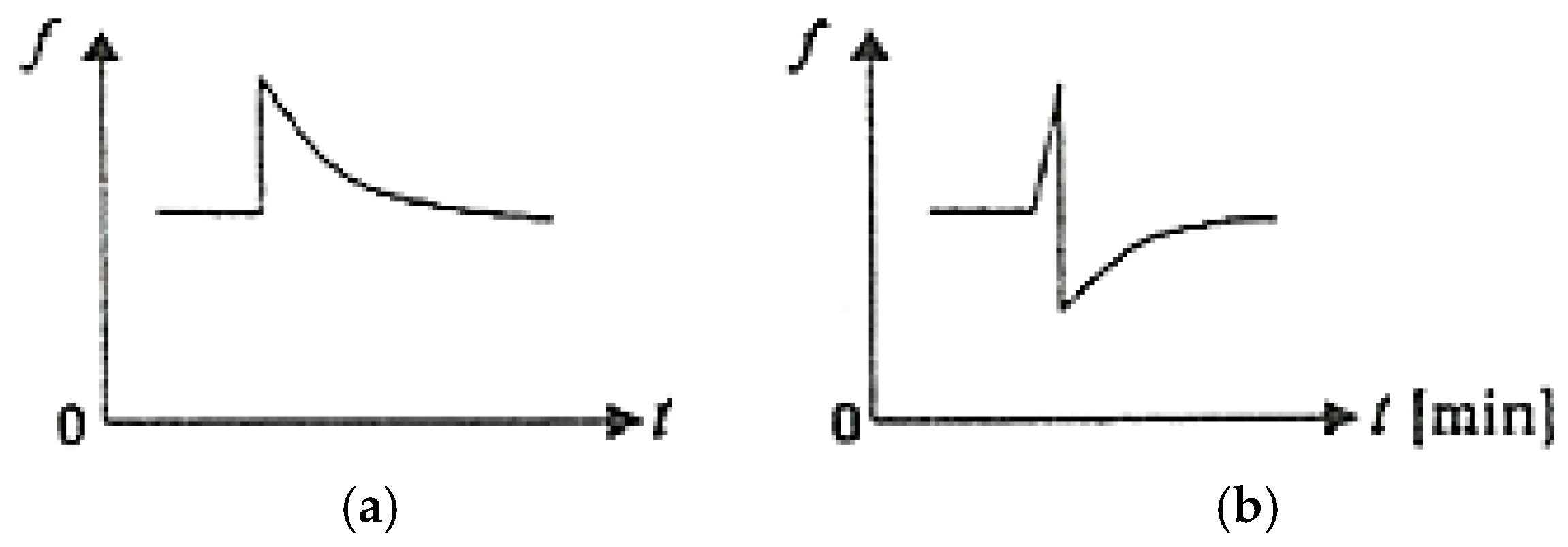
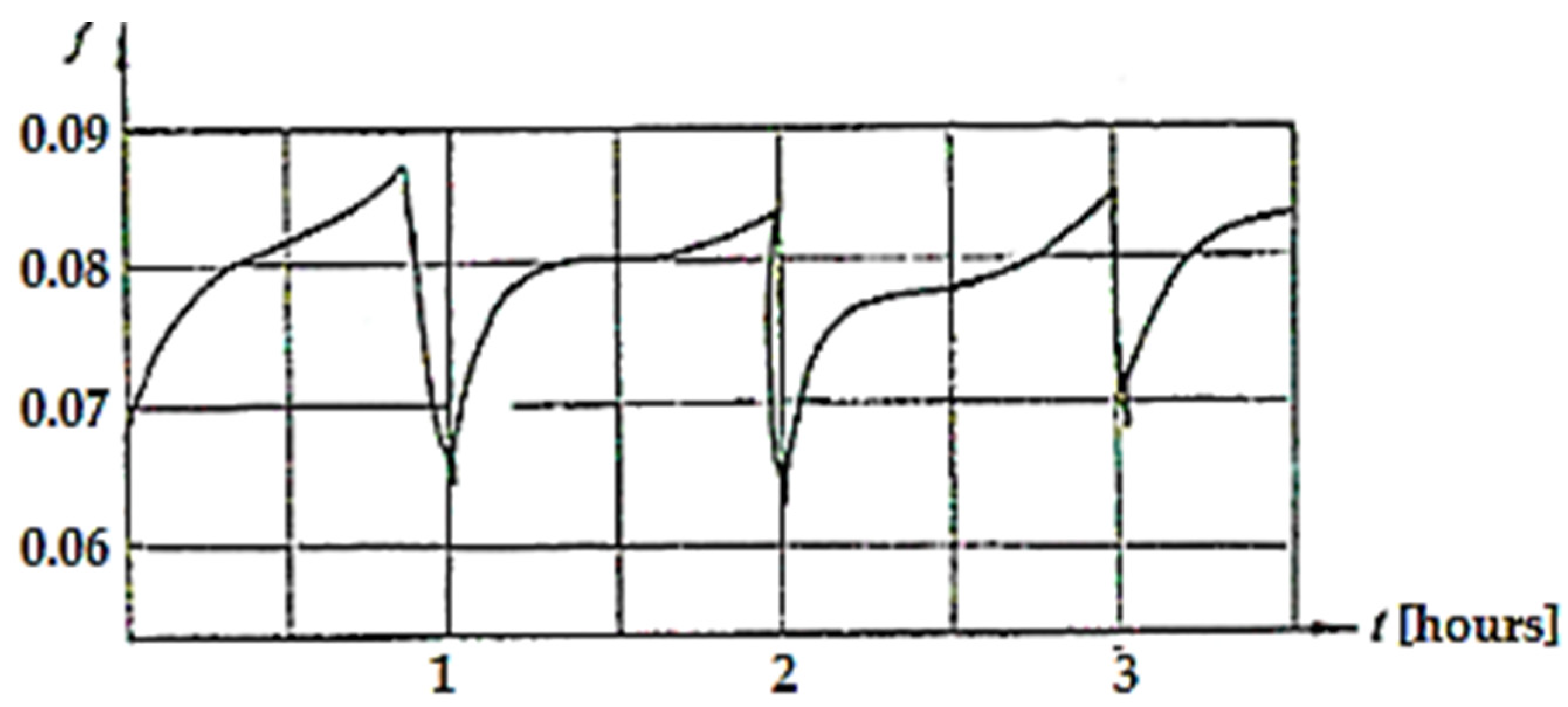

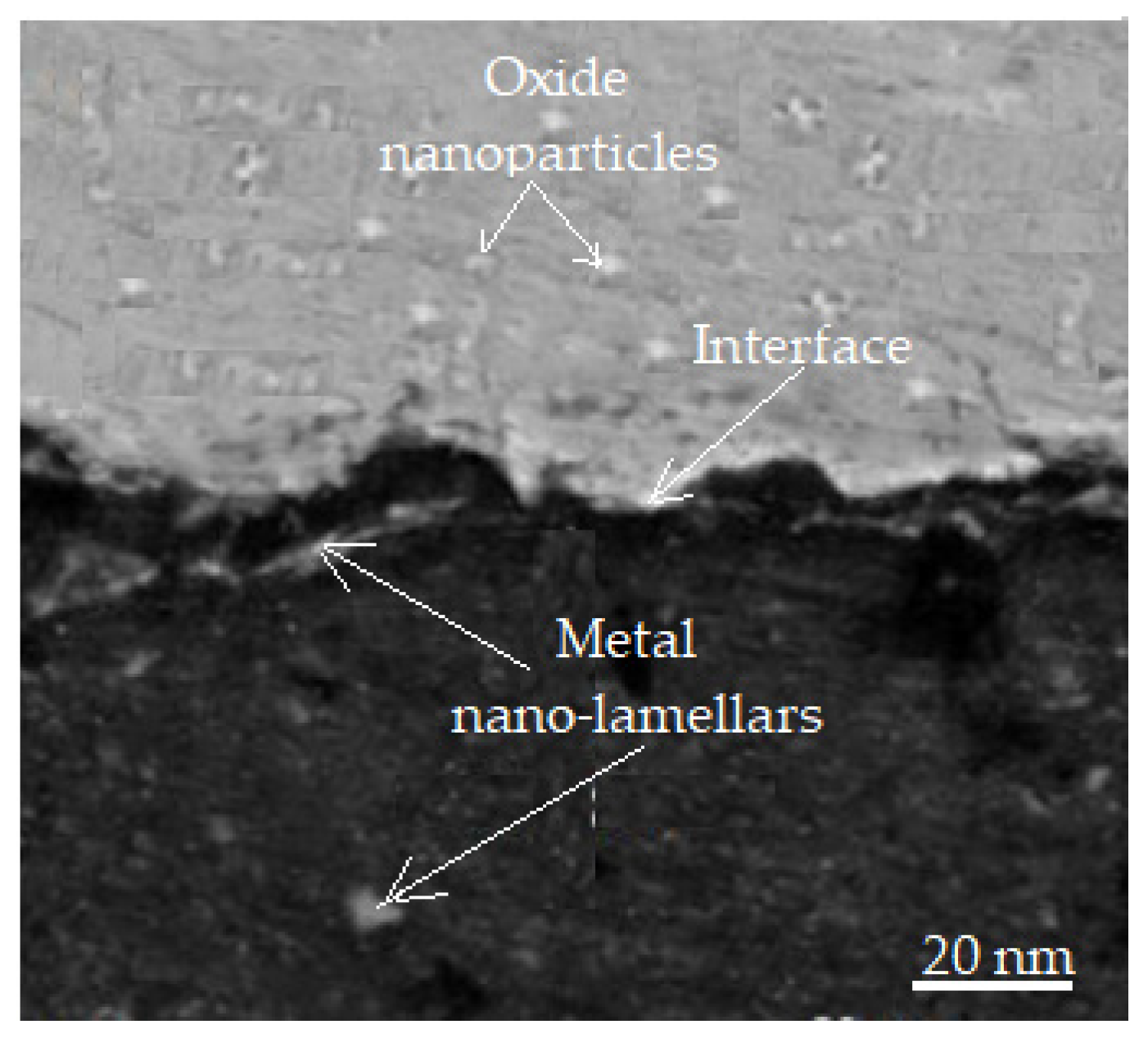
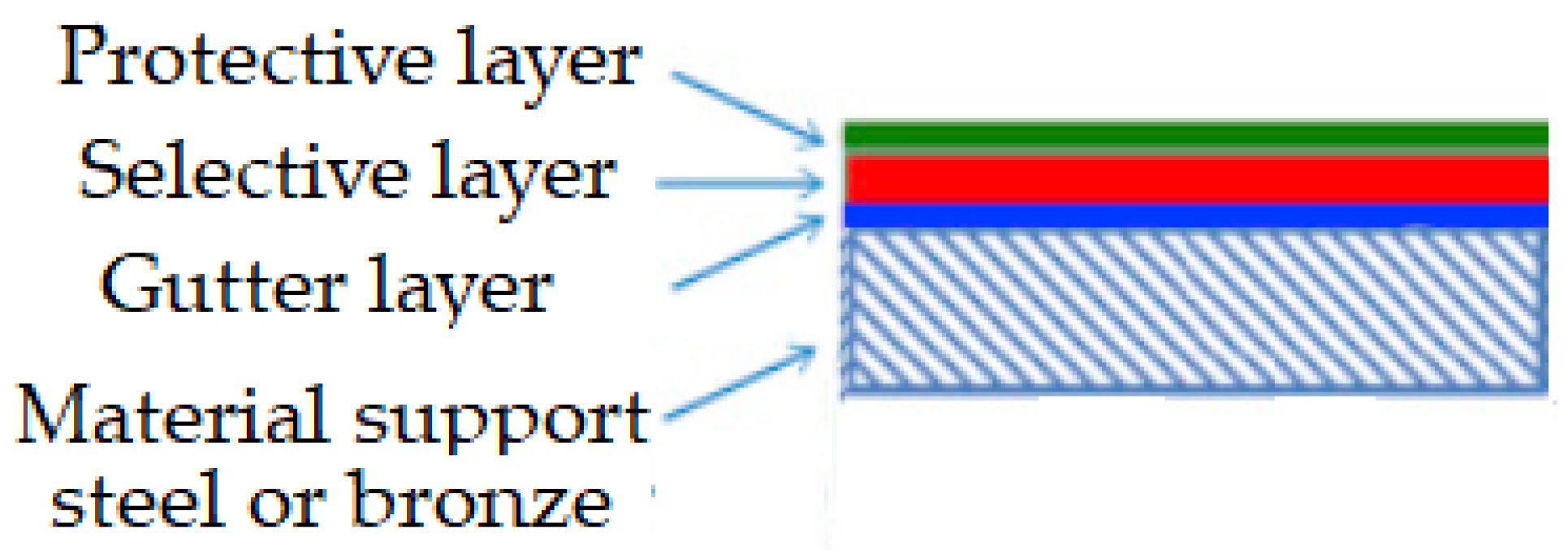
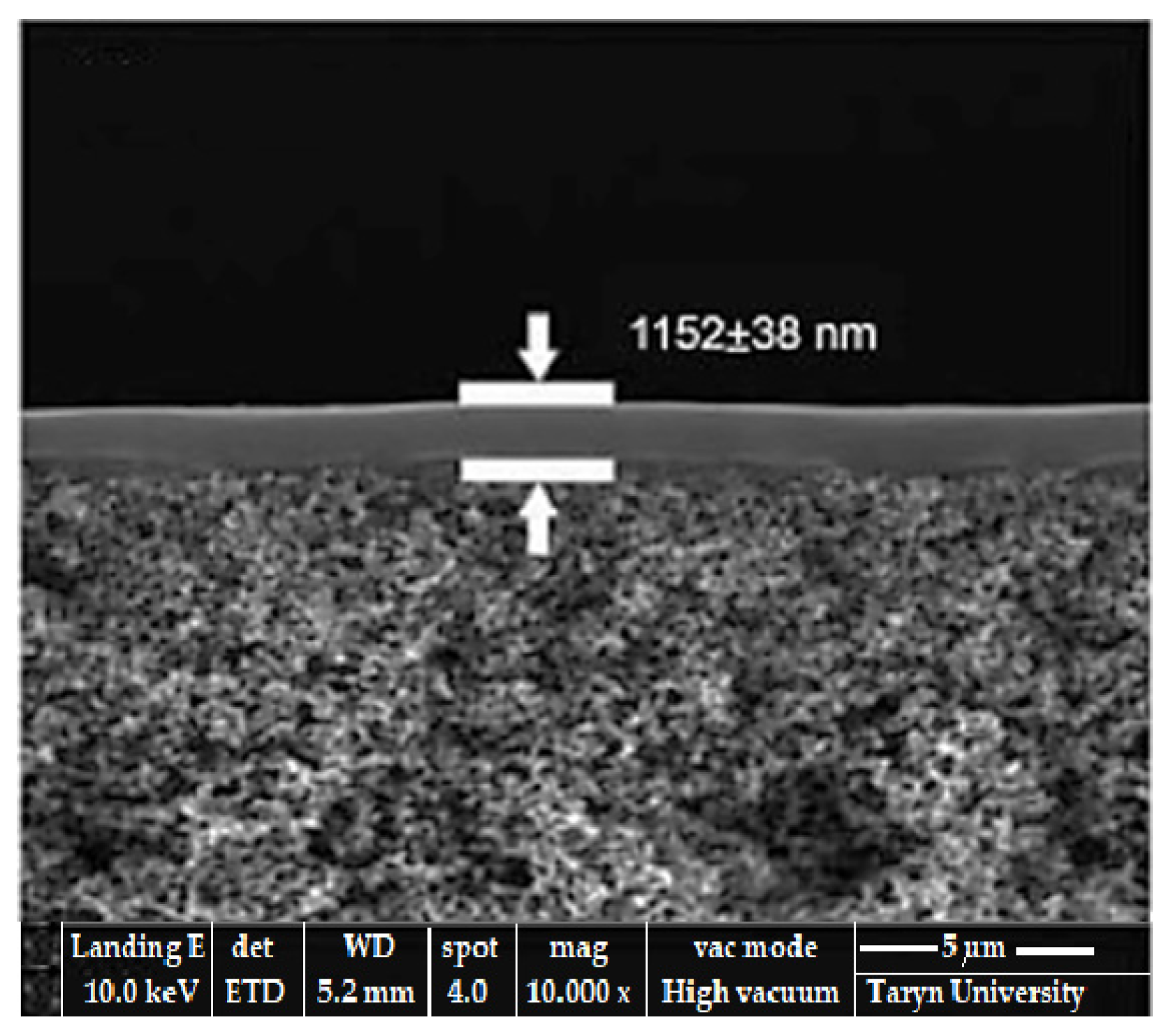
| Materials Pair | Lubricant Type | Source for Particles | Use | Remarks |
|---|---|---|---|---|
| Glass/rubber | Brine or lye | Brine or lye | Experiment | Friction reduction [46] |
| Glass + copper oxide/steel | Water + oil | Copper oxide | Drilling | Reducing friction by 50 times [47] |
| Impregnated wood with a complex combination/steel | Glycerin + complex combination | Complex combination | Bearings in the textile industry | [48] |
| Steel/steel | Aqueous sulfuric acid | Copper alloy | Chemical industry installations | [1,3] |
| Steel/steel | Refrigerant, a mixture of oils with copper salts | Salt | Metal cutting | [1,3] |
| Steel/steel | Freon–grease | Copper | Refrigerating units | [1,2,3] |
Disclaimer/Publisher’s Note: The statements, opinions and data contained in all publications are solely those of the individual author(s) and contributor(s) and not of MDPI and/or the editor(s). MDPI and/or the editor(s) disclaim responsibility for any injury to people or property resulting from any ideas, methods, instructions or products referred to in the content. |
© 2025 by the authors. Licensee MDPI, Basel, Switzerland. This article is an open access article distributed under the terms and conditions of the Creative Commons Attribution (CC BY) license (https://creativecommons.org/licenses/by/4.0/).
Share and Cite
Ilie, F.; Cotici, C.-D.; Juganaru, A. Physiochemical Processes to Reduce Friction and Wear Under Selective Transfer Conditions—A Review. Lubricants 2025, 13, 135. https://doi.org/10.3390/lubricants13030135
Ilie F, Cotici C-D, Juganaru A. Physiochemical Processes to Reduce Friction and Wear Under Selective Transfer Conditions—A Review. Lubricants. 2025; 13(3):135. https://doi.org/10.3390/lubricants13030135
Chicago/Turabian StyleIlie, Filip, Constantin-Daniel Cotici, and Alina Juganaru. 2025. "Physiochemical Processes to Reduce Friction and Wear Under Selective Transfer Conditions—A Review" Lubricants 13, no. 3: 135. https://doi.org/10.3390/lubricants13030135
APA StyleIlie, F., Cotici, C.-D., & Juganaru, A. (2025). Physiochemical Processes to Reduce Friction and Wear Under Selective Transfer Conditions—A Review. Lubricants, 13(3), 135. https://doi.org/10.3390/lubricants13030135





